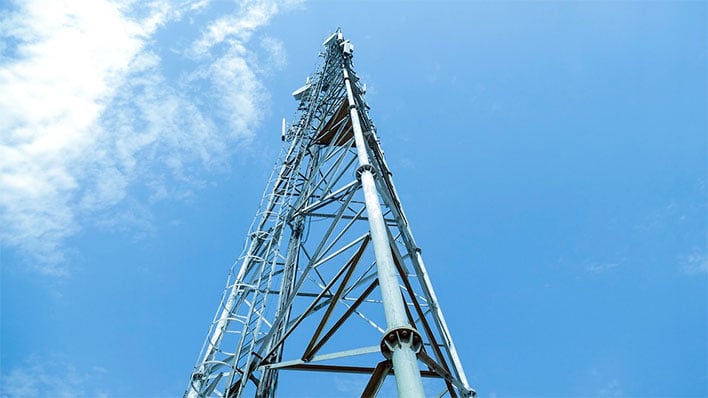If you've ever been through a town you might have noticed tiny mini 5G cell towers placed on poles for street lighting. They appear like tiny boxes however, they're actually transmitting wireless signals from cell phone providers to your mobile.
The smaller ones are being replaced by larger specially-designed cell towers. While they're not as noticeable, they still can create issues for users.
The FCC's Radiation Exposure Thresholds
The FCC's Radiation Exposure Thresholds determine the maximum amount of time one can expose to electromagnetic energy from wireless devices. The limits of exposure are based upon scientific research that show that RF energy could cause harm to health.
safe distance from cell tower (SAR) is an indication of the radiofrequency energy that is absorbed by tissue. It is typically 1.6 watts per kilogram, calculated over one gram of tissue.
But, since 5g operates at higher frequencies and has the potential to increase the intensity of energy on the skin and other exposed body parts. This could lead to various potential harms, including exacerbated the development of skin conditions such as dermatitis, skin cancer and cataracts.
Due to the possible harmful effects of radiation from 5G, PSU has chosen to set a general localized power density limit of 4 mW/cm2 averaged on 1cm2, and not exceeding 30 minutes for the entire 5G spectrum at 3000 GHz. This localized limit is in accordance with the peak SAR that is spatially averaged at 1.6 W/kg averaged over 1 grams of tissues at six GHz.
The FCC's Maximum Exposure Thresholds for Maximum Exposure
In the event that you've used mobile phone, you probably know that a safe distance from the tower should be at least 400 meters away. This is due to the power of the transmission of the cell tower is significantly increased the farther you are from it.
While it sounds like an ideal idea but the truth is that people living in close proximity to towers may actually be more prone to health issues. For instance, a study conducted in 2014 in India found that residents who lived within 50 meters from cell towers suffered much more health problems than those who were distance from them.
safe distance to live from cell phone tower revealed that those who relocated to areas further away from cell towers noticed their symptoms improve within a couple of days. Another study has revealed that exposure to high amounts of electromagnetic field radiofrequency (EMFs) could cause brain tumors, cancers and other health issues.
This is due to the fact that the RF radiation used in wireless communication, can penetrate the human body's exterior layer, the skin. This is important to understand because the skin serves as a protective barrier against injury to the body, infection from pathogenic microorganisms, as well as the entry of harmful substances. The skin is the biggest organ of the human body. It is accountable for maintaining the integrity of other organs.
The FCC's Minimum Exposure Thresholds

The FCC's Minimum Exposition Thresholds are based upon numerous assumptions that are not supported by scientific research. These include the erroneous belief that exposures to RF radiation is safe due to minimal absorption into body (i.e. thermal heating of tissue).
This assumption does not take into account the more extensive penetration of ELF parts of the modulated RF signal as well as the effects of brief bursts of heat from pulsed RF waves. safe distance from cell tower are not compatible with the current understanding of biological effects of RF radiation, and thus they shouldn't be used for health protective exposure guidelines.
Furthermore, the ICNIRP and FCC restrict its maximum levels of radiation exposure for local peak SARs that are based on the maximum speed of spatial absorption (psSAR), which can be described as not a sufficient dosimetric tool for determining the level of exposure to RF radiation. In particular, psSAR is inaccurate for frequencies above 6 GHz. Additionally, psSAR hasn't been evaluated for RF radiation that is exposed to other agents of the environment such like sunlight. Interactions of RF radiation and other environmental agents could cause synergistic or antagonistic impacts. This could result in the risk of having adverse health effects. For example, co-exposure to RF radiation and sunlight could increase the risk of developing skin cancer, as well as aggravate other skin conditions like acne.
